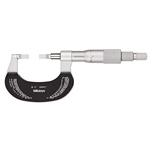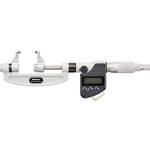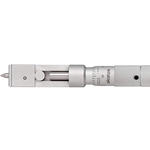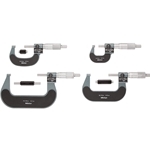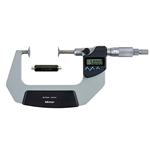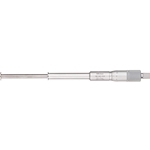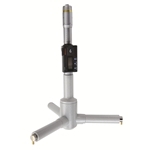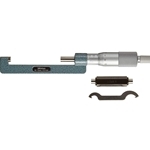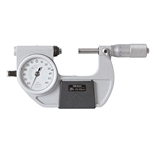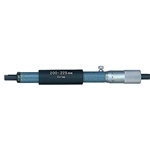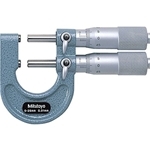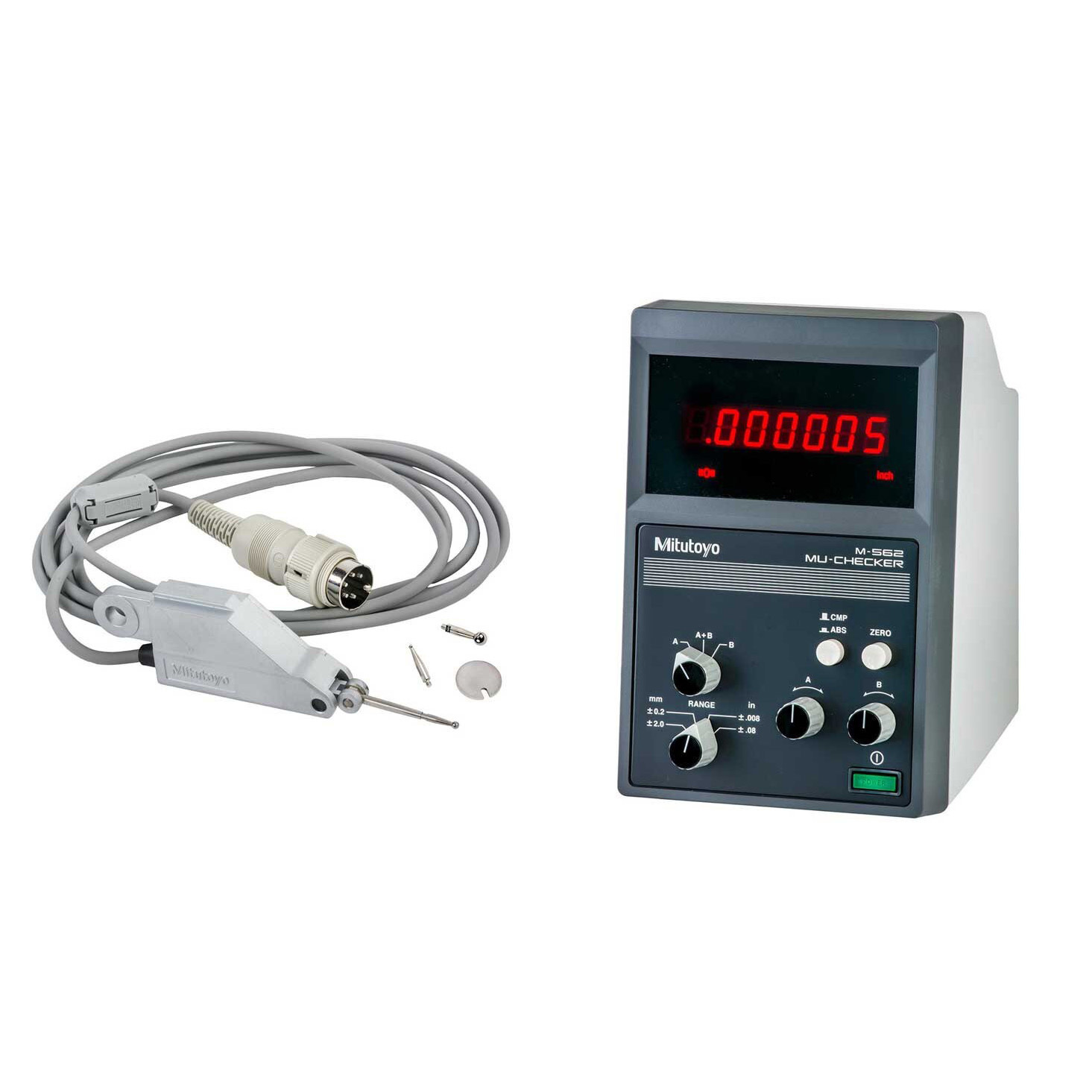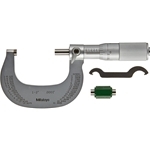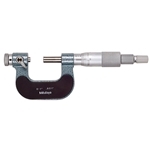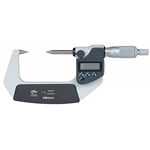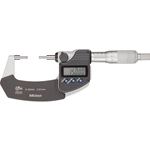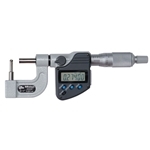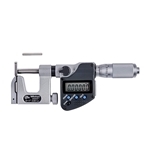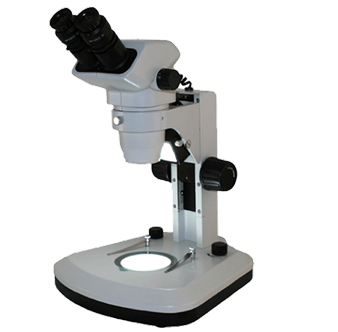Blade Micrometers
29 products
Caliper-Type Micrometers
15 products
Can Seam Micrometers
6 products
Coolant-Proof Micrometers
45 products
Crimp Height Micrometers
6 products
Depth Micrometers
16 products
Digimatic Micrometers
89 products
Digit Outside Micrometers
11 products
Disk Micrometers
46 products
Dust Water Proof Micrometers
8 products
Gear Tooth Micrometers
20 products
Groove Micrometers
8 products
Holtest
173 products
Hub Micrometers
8 products
Indicating Micrometers
8 products
Inside Micrometers
135 products
Limit Micrometers
2 products
Measuring Micrometer Heads
96 products
Mu Checker Electronic Micrometers
6 products
Outside Micrometers
179 products
Pana Micrometers
2 products
Paper Thickness Micrometers
2 products
Point Micrometers
43 products
Screw Thread Micrometers
31 products
Sheet Metal Micrometers
21 products
Snap Meters
16 products
Spherical Face Micrometers
32 products
Spline Micrometers
26 products
Tube Micrometers
19 products
V-Anvil Micrometers
29 products
Wire Micrometers
1 product
Uni-Mike Micrometers
8 products

